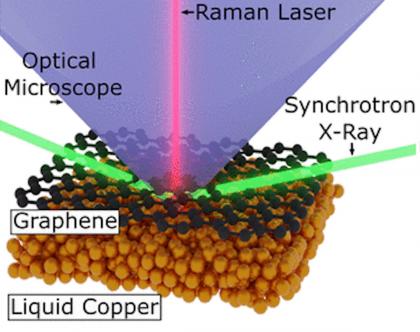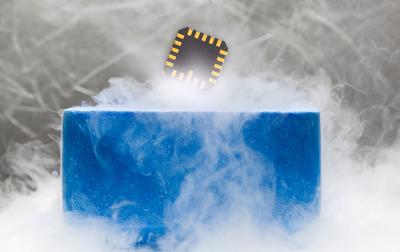Ora Graphene announces a strategic investment to advance existing graphene endeavors and explore additional application areas
Ora Graphene, producer of free-standing graphene membranes, has announced the closing of its CAD$3 million (around USD$2.46 million) Seed financing round. The deal was led by Ecofuel Fund along with Export Development Canada (EDC), BDC Capital and certain members of New York Angels. Existing investors TandemLaunch, and BoxOne Ventures also participated in the round. In conjunction with the financing, the company was recently awarded a Sustainable Development Technology Canada grant to explore new areas of graphene applications for its technology.
Ora has produced what it refers to as 'the largest sheets of free-standing graphene demonstrating incredible new material properties for multi-purpose commercial utilization'. GrapheneQ membranes have already been shown to significantly improve sound quality and reduce energy consumption for global manufacturers of consumer electronics, with applications being developed for exciting new markets opportunities.


